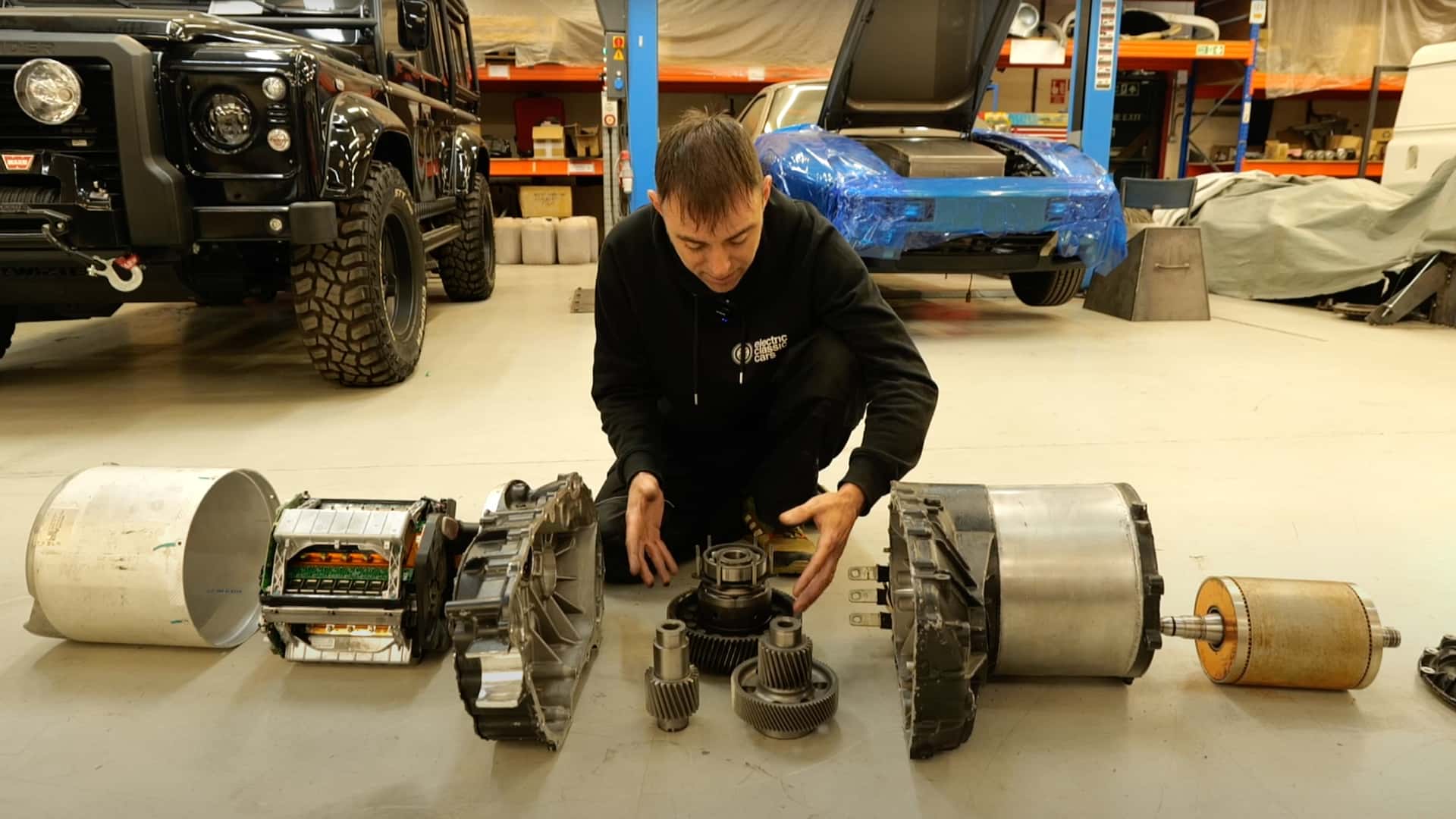Key Takeaways
- Tesla drive units offer significant power, cost-effective alternatives for EV conversions.
- The Tesla large drive unit (LDU) provides up to 600 horsepower, making it ideal for high-performance swaps.
- EV conversions require additional components; however, professional installations maximize reliability and performance.
Performance and Cost Benefits of Tesla Drive Units
Converting a combustion vehicle to electric power can be both efficient and powerful with the use of a Tesla large drive unit (LDU). A standard-size drive unit from a Model 3 generates between 295 and 320 horsepower, while a larger variant can produce 450 to over 600 horsepower, depending on the model. This performance rivals that of an LS3 V8 engine, yet the Tesla unit typically comes at a lower price point.
Purchasing a refurbished non-Performance Tesla unit may exceed $4,000. However, sourcing one from a salvage yard may reduce costs to between $500 and $1,500, though this option entails risks regarding the unit’s lifespan.
Comparatively, a Chevrolet LS3 crate engine costs around $7,000, with additional expenses for parts and labor likely leading to a higher total cost for an EV conversion. Essential components for an electric setup include a battery pack, a battery management system (BMS), a motor controller that converts DC to AC power, and potentially an adaptor plate for the vehicle’s original transmission.
Opting for a professional conversion minimizes risks and enhances the longevity of the Tesla unit. The motor’s mechanical simplicity contributes to its reliability, an aspect highlighted by UK-based EV conversion specialists Electric Classic Cars in their informative video.
EV Conversion Advantages
The Tesla LDU is becoming increasingly popular as an ideal component for electric swaps, akin to the LS3 V8 for traditional engines used in classic car restorations. While converting a rare or expensive car may stir debate, many specialists offer reversible conversions that allow owners to retain their original engines.
Despite potential aesthetic losses in engine sound, the enhanced performance of electric motors can make the conversion worthwhile. The experience of driving a classic car with an electric setup can be exhilarating, even if the auditory element differs from traditional combustion engines. Owners might consider adding sound insulation to manage motor noise levels, especially during longer drives, recalling the challenge faced by vehicles like the Microlino electric quadricycle that lacks sound-dampening materials.
In summary, the transition to electric power through the installation of a Tesla drive unit not only promises a game-changing performance upgrade but also opens up a sustainable avenue for classic car enthusiasts eager to embrace modern technology.
The content above is a summary. For more details, see the source article.















